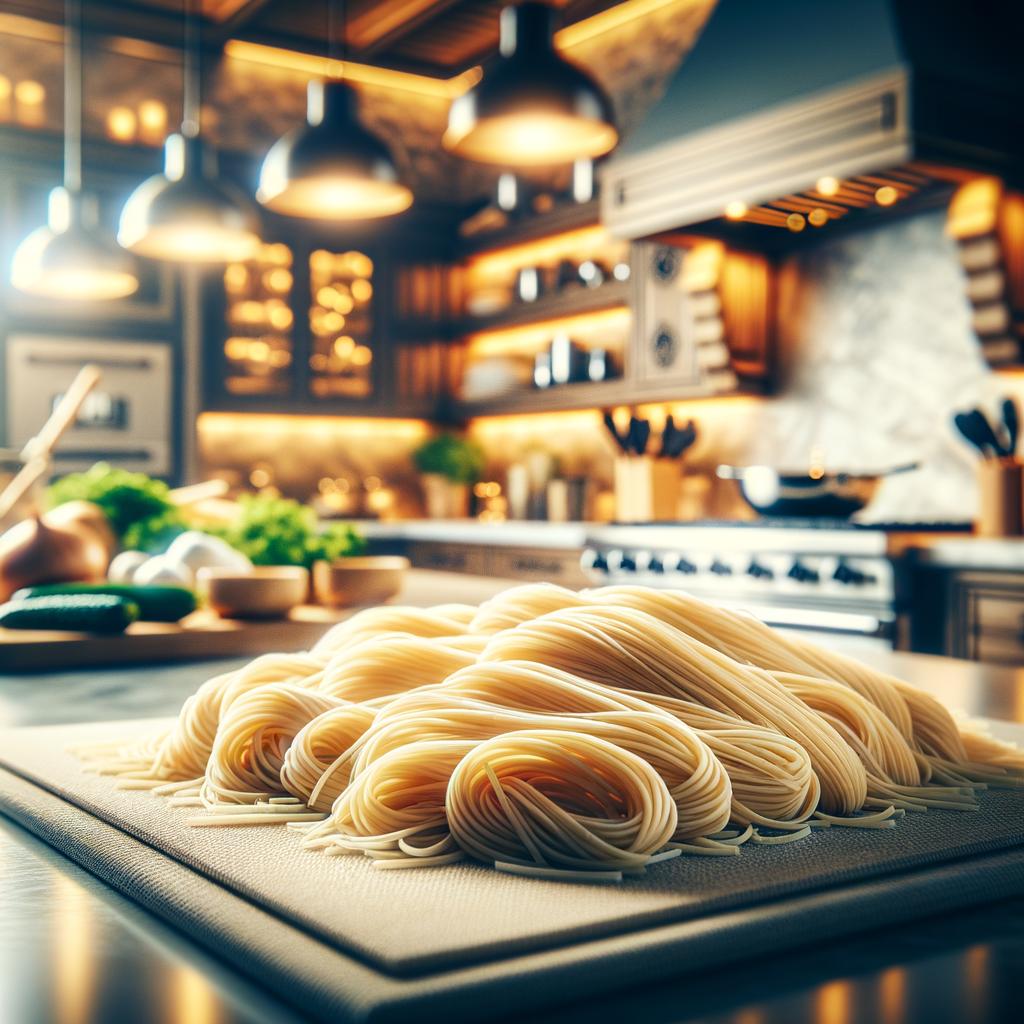Fresh Noodles

Description
Fresh noodles, a staple in many cuisines worldwide, are an embodiment of simplicity and versatility. They exhibit a pale, often yellow hue, and their texture can range from delightfully springy to luxuriously silky, depending on their composition and thickness. The flavor profile of fresh noodles is subtly wheaty, providing a neutral canvas that beautifully absorbs the flavors of accompanying ingredients. A unique characteristic of fresh noodles is their shorter cooking time compared to dried varieties, and their ability to impart a distinct, comforting, and hearty quality to dishes.
Primary Uses
Fresh noodles are used in a myriad of culinary applications across the globe. They are the soul of Italian pasta dishes like fettuccine Alfredo and pappardelle Bolognese, and the heart of Asian cuisine in dishes such as ramen, pho, and chow mein. Fresh noodles also find their place in hearty soups, stir-fries, and even salads. Beyond their culinary uses, noodles have cultural significance in many Asian cultures, symbolizing longevity and often served at celebrations like birthdays and New Year's.
History
The history of fresh noodles is as fascinating as it is long. While the exact origin is disputed, some food historians believe they were first made in China as early as 3000 BC. Marco Polo is often credited with introducing noodles to Italy from China, although this is a romanticized myth as pasta was already present in Italy. Over time, the popularity of fresh noodles spread across continents, with each culture adapting them into their cuisine and creating their unique versions. In Japan, for example, the arrival of wheat noodles led to the creation of ramen, a dish now synonymous with Japanese cuisine.
Nutritional Information
Fresh noodles are a source of carbohydrates, providing energy for daily activities. They also contain protein, though the amount can significantly increase if eggs are used in the dough. Fresh noodles offer small amounts of various minerals, like selenium and manganese, and B vitamins, particularly niacin. Compared to their dried counterparts, fresh noodles typically have a higher water content, which may contribute to a slightly lower calorie count per serving. However, it's important to remember that the healthfulness of a noodle dish depends largely on the accompanying ingredients and preparation methods.

